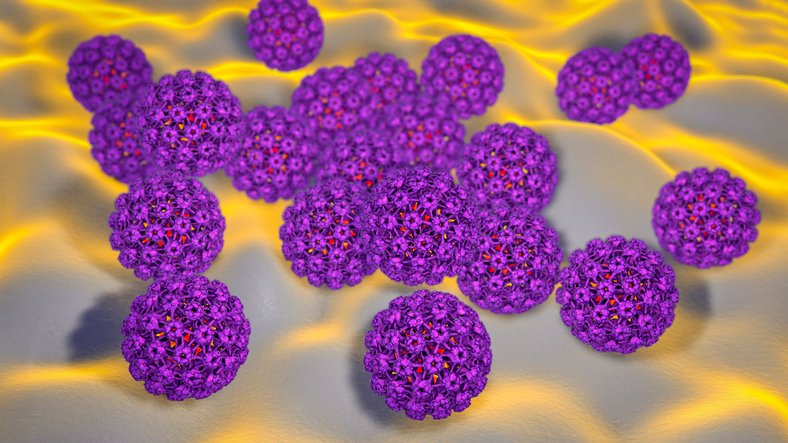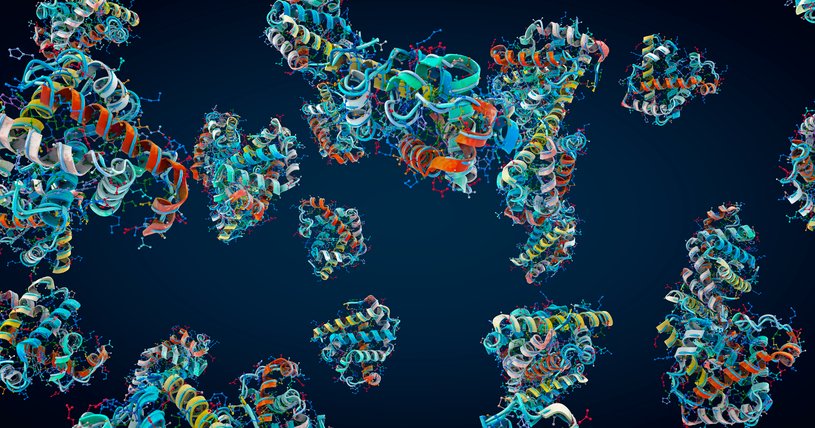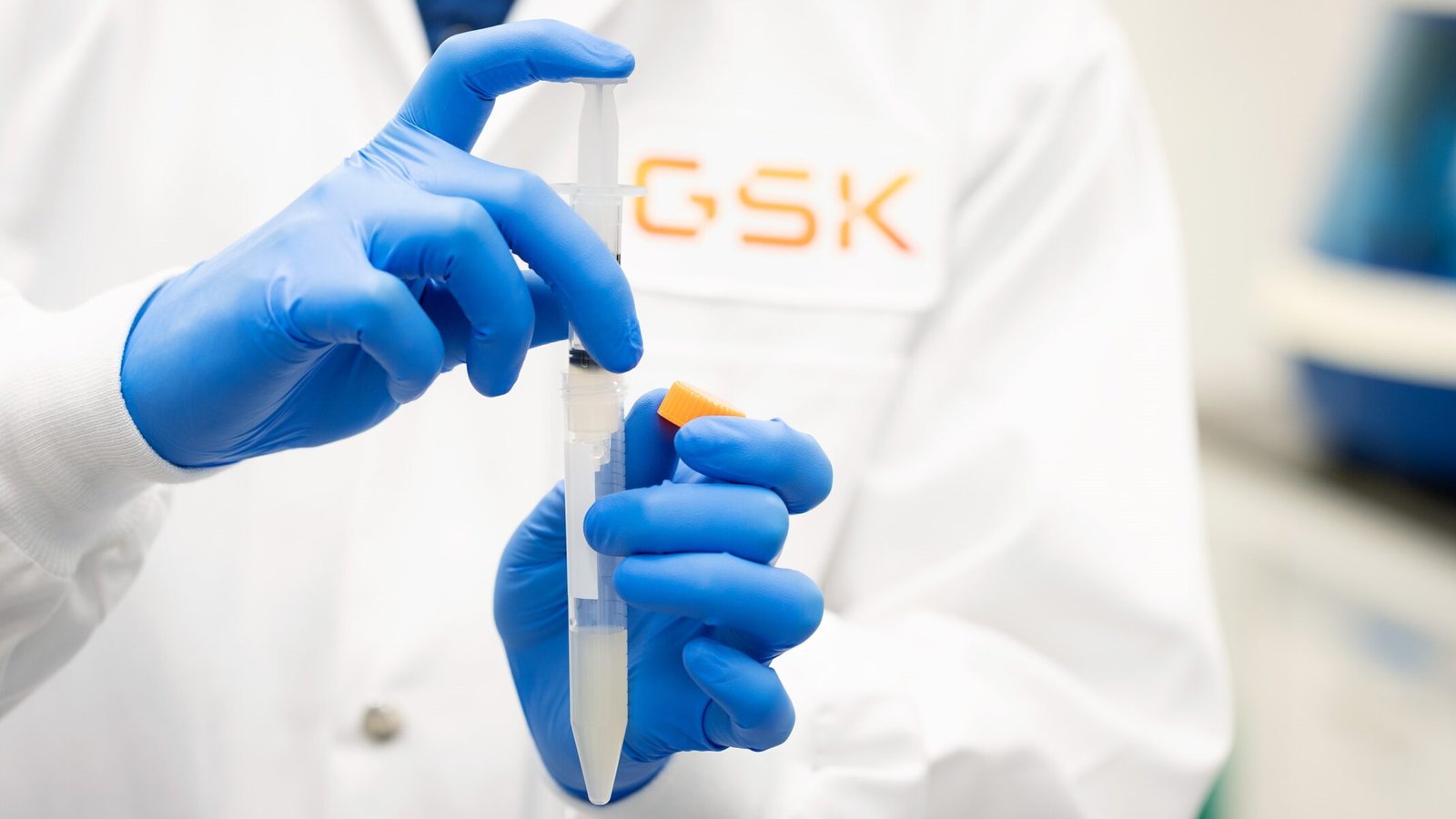Cutaneous human papillomaviruses (HPVs)—skin-infecting relatives of the better-known mucosal HPVs—cause persistent infections that may contribute to skin cancers, especially in immunocompromised people. However, unlike mucosal HPVs, they remain beyond the reach of existing vaccines, and no antiviral treatments exist. Now, researchers at the University of Tartu in Estonia have uncovered a small molecule compound that could fill this therapeutic gap.
In a study published in the Journal of Virology titled, “Targeting Papillomavirus Infections: High-Throughput Screening Reveals an Effective Inhibitor of Cutaneous β-HPV Types,” the team reported that the compound NSC51349 inhibits replication of cutaneous HPV types 5, 8, and 38 by disrupting the activity of the viral E2 protein, which is critical for maintaining viral genomes in infected cells.
HPVs cause infections in mucosal and cutaneous tissues that may lead to cancer. As mentioned earlier, vaccines effectively prevent high-risk mucosal HPV infections, such as those leading to cervical or head and neck cancers, but they do not protect against cutaneous HPVs. These skin-tropic viruses can cause warts and, in combination with UV light and other carcinogens, may drive the development of non-melanoma skin cancers. The problem is especially acute for people with weakened immune systems, including transplant recipients, patients on immunosuppressive cancer therapies, and those living with HIV.
To explore antiviral options, the Estonian team screened more than 1,500 compounds from the National Cancer Institute’s (NCI) Diversity Set VI for their efficacy against HPV type 5. They identified NSC51349, which strongly inhibited replication of HPV5 in skin-derived keratinocytes and human osteosarcoma (U2OS) cells without harming cell viability, growth, or differentiation.
Mechanistic experiments showed that NSC51349 works by suppressing the transcriptional activity of the viral E2 protein. E2 regulates both viral replication and the expression of oncogenes like E6 and E7. Docking analyses revealed that NSC51349 binds to conserved regions at the junction of the E2 protein’s transactivation and DNA-binding domains. This blocks E2’s ability to drive viral gene expression, effectively cutting off the virus’s ability to propagate without disrupting host cell health.
“Unlike [HPV] vaccines, which rely on the functioning immune system our strategy could benefit people with compromised immunity who currently have very limited therapeutic options,” said lead author Alla Piirsoo, PhD, from the University of Tartu. “Such a drug could be especially beneficial for immunocompromised individuals, such as organ transplant recipients, patients undergoing immunosuppressive cancer therapy, HIV-positive individuals, and people with rare genetic disorders.”
Importantly, the compound had no effect on mucosal HPV types such as HPV16 or HPV18, highlighting its specificity for cutaneous β-HPVs. The researchers also demonstrated that it inhibited the replication of related papillomaviruses in models using Macaca fascicularis PV type 1 genomes.
Looking ahead, Piirsoo’s team plans to optimize the concentration needed to balance potency and safety, followed by animal testing. “…if the compound works in the animal model, it would be strong evidence that it could be developed into an effective antiviral treatment for HPVs,” Piirsoo said. If successful, NSC51349 could become the foundation for the first targeted antiviral treatment for cutaneous HPV infections—a long-overlooked need in dermatologic oncology and transplant medicine.
The post Cutaneous HPV Blocked by Small Molecule, Opening Door to Antivirals appeared first on GEN – Genetic Engineering and Biotechnology News.



